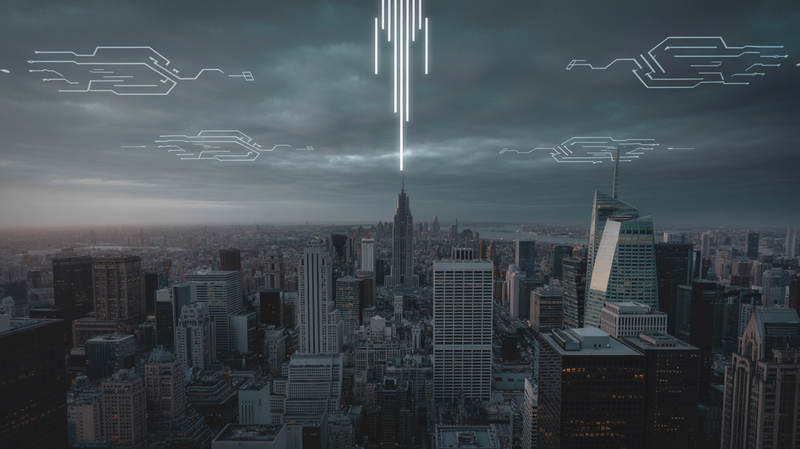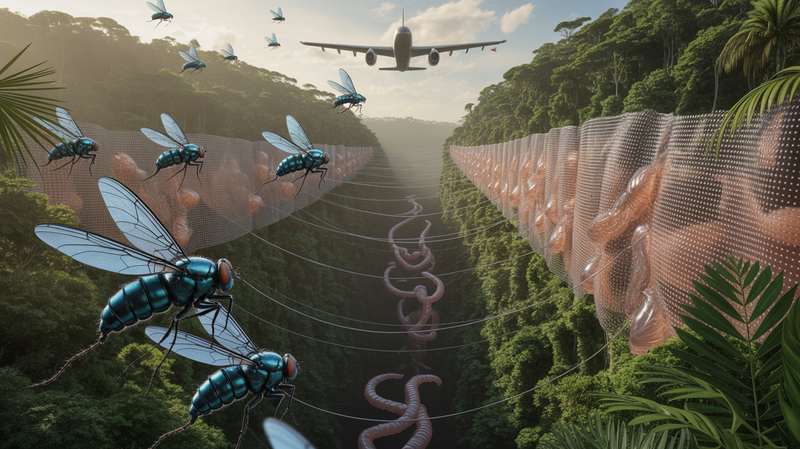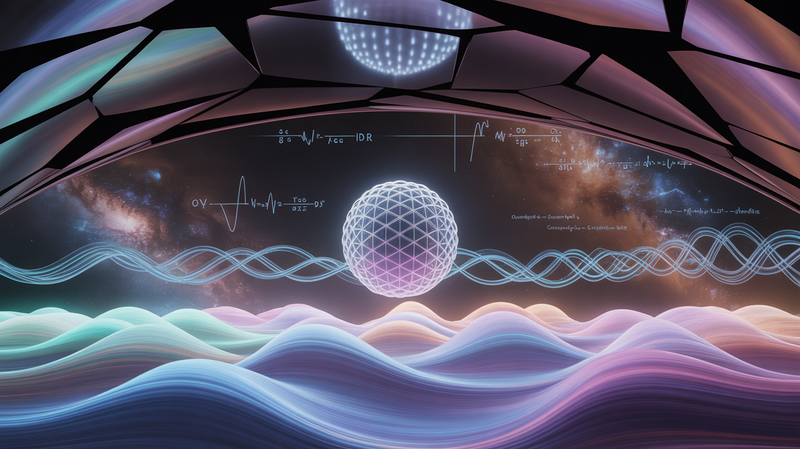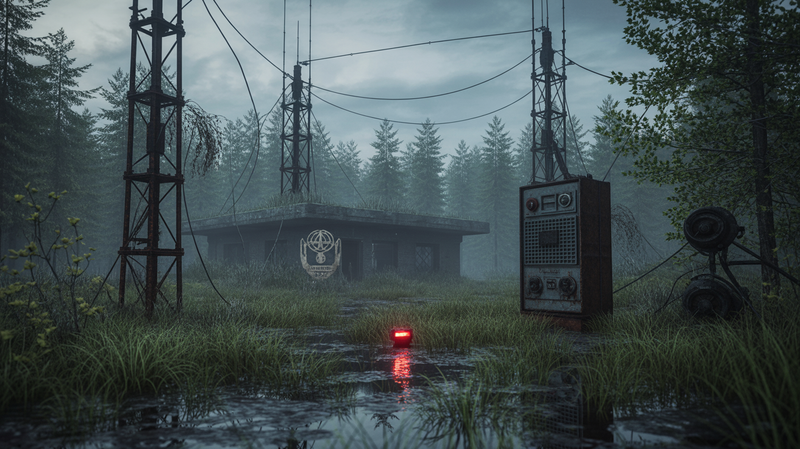Unlocking Imagination: How Sora is Revolutionizing the Creative Process
Sora, an emerging tool in the creative and technological landscapes, is reshaping how artists, filmmakers, and creatives approach their craft, offering new avenues for exploration and expression. This article delves into the transformative impact of Sora, drawing on testimonials from a diverse group of artists and directors who have integrated
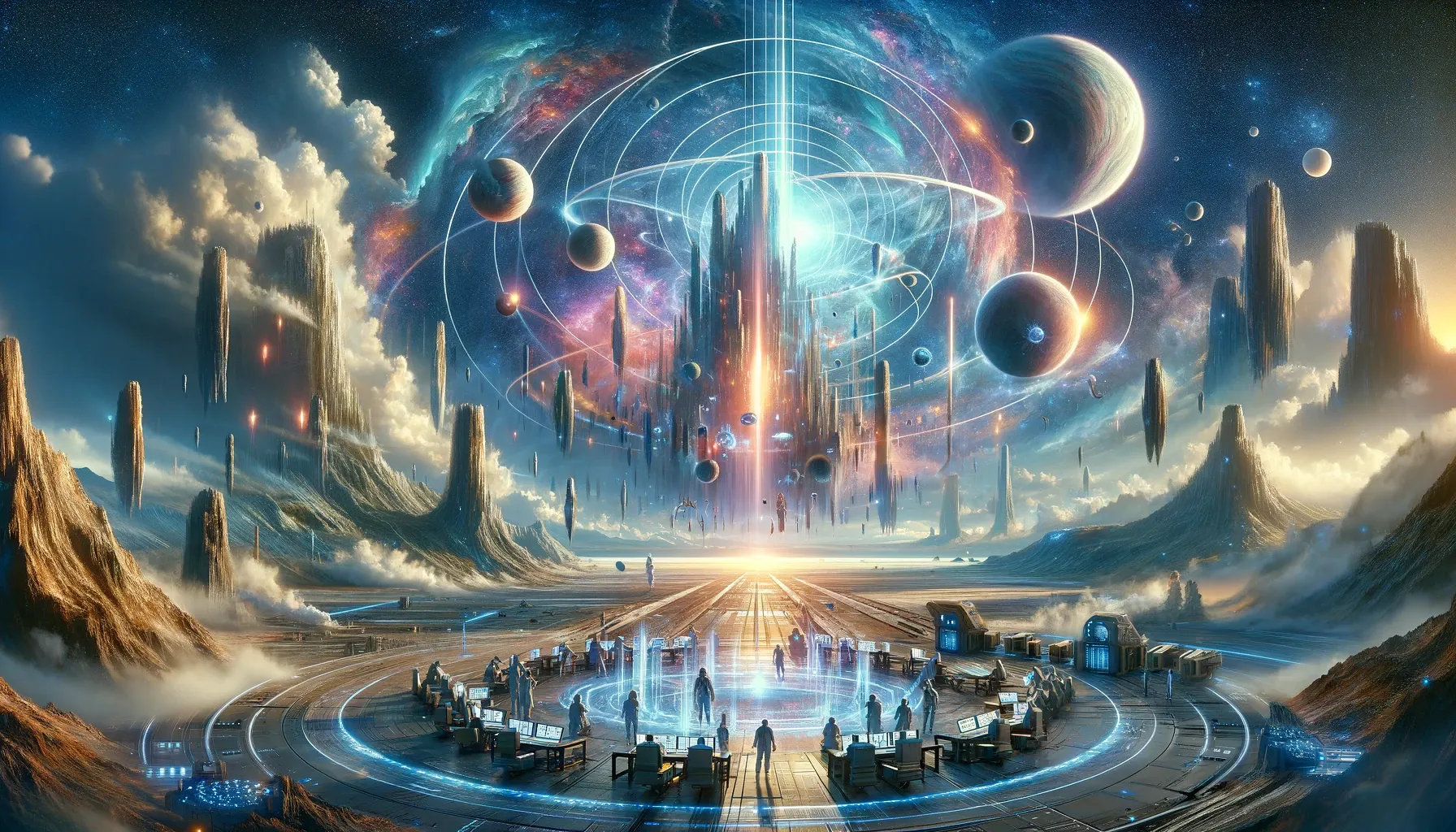
Sora, an emerging tool in the creative and technological landscapes, is reshaping how artists, filmmakers, and creatives approach their craft, offering new avenues for exploration and expression. This article delves into the transformative impact of Sora, drawing on testimonials from a diverse group of artists and directors who have integrated Sora into their workflows and creative endeavors.
At its core, Sora represents a breakthrough in generative AI, enabling creators to transcend traditional boundaries of realism and venture into the realms of the surreal and the previously unimaginable. The multimedia production company shy kids, based in Toronto, utilized Sora for their short film about a balloon man. They highlight how Sora has expanded their storytelling capabilities, allowing them to explore narratives that were once deemed impossible. Walter Woodman, who directed "Air Head," points out Sora's unique ability to generate not just realistic imagery but also surreal expressions, heralding a new era of abstract expressionism. This sentiment echoes across the creative industry, with many seeing Sora as a tool that liberates untold stories worldwide.
Paul Trillo, a multi-disciplinary artist known for his experimental videos, praises Sora for the unprecedented freedom it offers filmmakers. Trillo underscores that with Sora, creators are not hindered by financial constraints, time, or the need for external permissions, enabling them to ideate and experiment in bold, new ways. His experience reflects a broader trend where Sora is not just about replicating existing ideas but about bringing to life novel, sometimes impossible concepts.
Similarly, Nik Kleverov of Native Foreign, an Emmy-nominated creative agency, emphasizes Sora's role in democratizing creativity. The tool allows for the visualization of concepts and rapid iteration on creative projects for brand partners, regardless of budgetary constraints. This ability to think in motion and bring any idea to life signifies a pivotal shift in how narratives are constructed and shared.
For August Kamp, a musician and multidisciplinary artist, Sora marks a turning point. Kamp appreciates how Sora has reconciled the gap between imagination and means, opening up new artistic possibilities that were previously constrained by technical limitations. This sentiment is shared by Josephine Miller of Oraar Studio, who notes that Sora has enabled her to realize ideas that were technically unfeasible before, challenging and evolving her creative process.
Don Allen Stevenson III, a digital AR/XR artist, values Sora's capacity for "weirdness" and its departure from traditional physics or conventions. Stevenson highlights how Sora facilitates instant visualization and rapid prototyping, shifting the focus from technical challenges to pure creativity. This tool has not only streamlined his workflow but also enhanced the emotional impact of his creations.
Lastly, Alex Reben, OpenAI’s Artist In Residence and a sculptor, finds Sora to be a vital starting point for developing 3D sculpture. He is particularly intrigued by the potential of transforming video into 3D models, a process that could significantly extend the AI system's capabilities beyond its initial scope.
Collectively, these insights from diverse creative professionals underscore Sora's revolutionary impact on the creative world. By eliminating traditional constraints and fostering a culture of experimentation, Sora is not just a tool; it's a catalyst for a new creative paradigm. It enables stories and ideas that were once tethered to the imaginations of creators to be brought into the tangible world, allowing for a richer, more diverse tapestry of human expression.
The implications of Sora's capabilities extend beyond individual creators, suggesting a future where the collaborative process between human creativity and artificial intelligence reshapes the cultural landscape. The ability to rapidly prototype ideas and visualize concepts in unprecedented ways is not just transforming how content is created; it's also changing how audiences engage with media, opening up new realms of experience that were previously out of reach.
For the creative industry at large, Sora represents a leveling of the playing field. Small production teams and independent artists now have access to tools that allow them to compete with larger studios, democratizing the creative process and fostering a more inclusive community of content creators. This shift could lead to a more vibrant and diverse range of voices and stories being shared, as barriers to entry continue to diminish.
Moreover, Sora's impact on education and training in creative fields cannot be understated. As students and aspiring artists gain access to such advanced tools, the learning curve for mastering complex aspects of filmmaking, visual arts, and design is significantly reduced. This accessibility is likely to accelerate innovation, pushing the boundaries of what is considered possible in art and storytelling.
However, this new era of AI-driven creativity also prompts important conversations around authorship, originality, and the ethical use of AI in art. As Sora and similar technologies become more integrated into the creative workflow, the industry must navigate these challenges thoughtfully, ensuring that AI serves to enhance human creativity rather than diminish its value.
In conclusion, Sora is not merely a technological advancement; it's a transformative force in the creative world, offering new opportunities for expression, innovation, and storytelling. As artists and creators continue to explore the vast potential of this tool, we stand on the brink of a new era of creativity, one that promises to redefine the boundaries of imagination and bring previously unimaginable ideas to life. The future of Sora and its impact on the creative industry is a canvas that is only just beginning to be painted, but it is already clear that it will be a masterpiece of human and machine collaboration.

